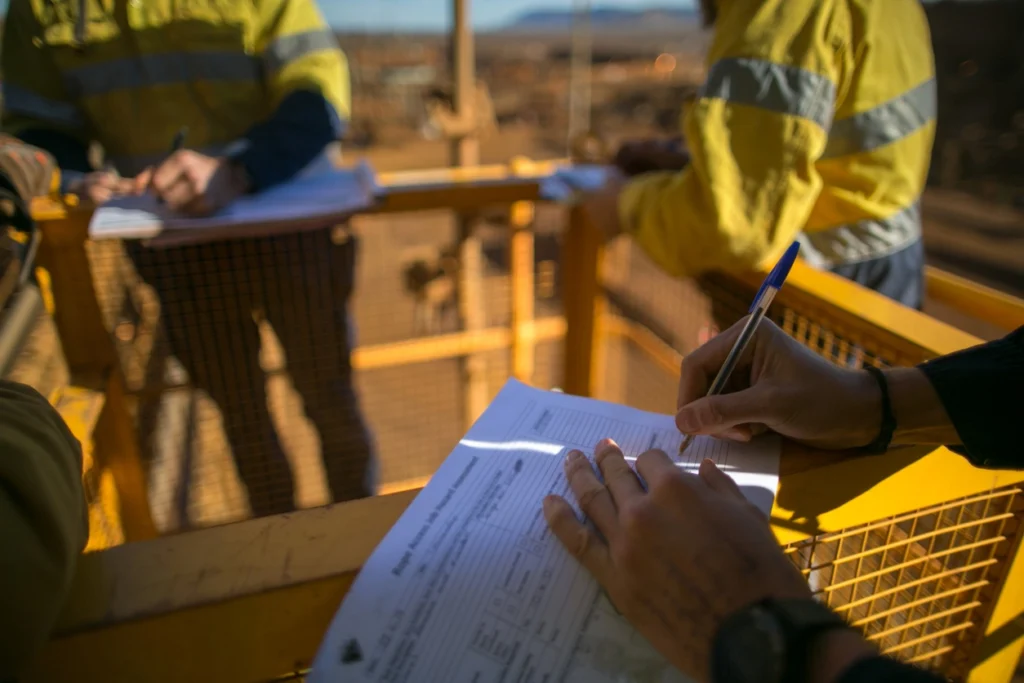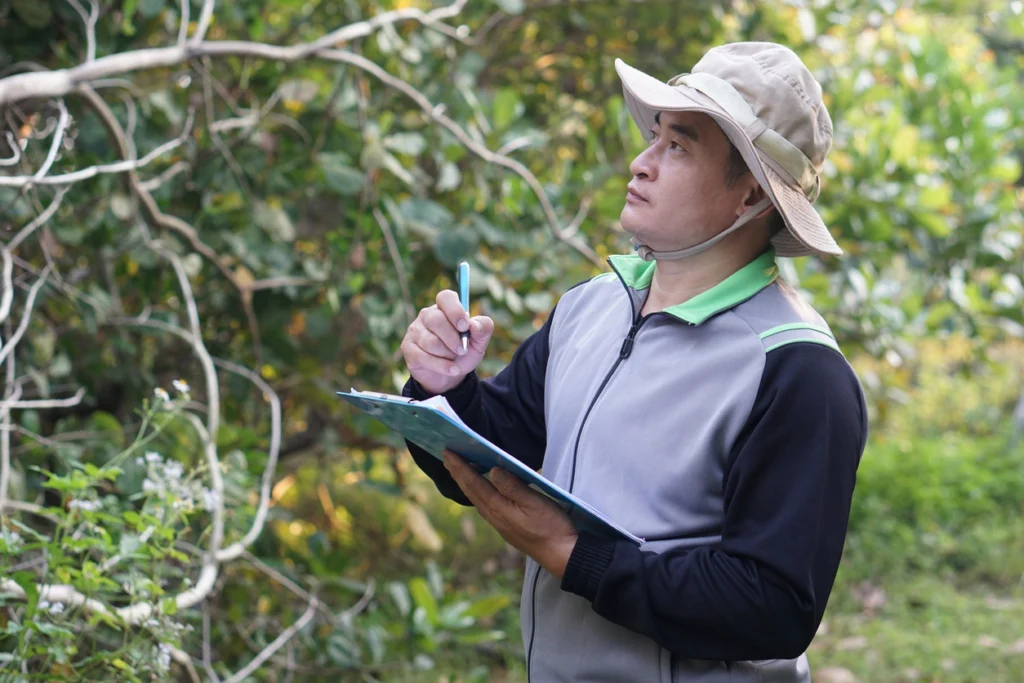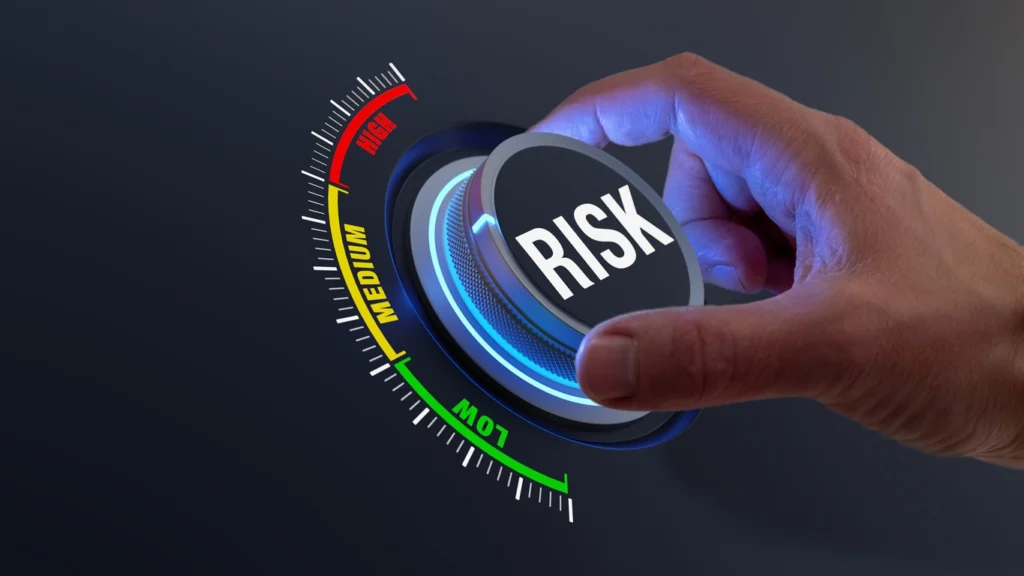In a world where development and conservation often intersect, the biological assessment serves as a vital tool. Imagine it as a thorough environmental checkup, providing essential information to guide project planning and minimize negative impacts on ecosystems. Biological assessments are driven by a clear purpose: to understand the potential effects of a proposed project – whether it’s a new highway, housing development, or energy infrastructure – on the surrounding plants, animals, and habitats.
These assessments play a key role in various scenarios including ensuring projects comply with environmental regulations, making informed decisions about development, and supporting the protection of sensitive species.

Key Phases of a Biological Assessment
Let’s break down the biological assessment process into its fundamental steps. Keep in mind that while there’s a general sequence, the specific scope and level of detail will vary depending on the project and the regulatory requirements.
Project Scoping and Planning
Every successful assessment begins with meticulous groundwork. In this early phase, experts gather initial information about the proposed project. What are the specific activities involved? What is the size and location of the project area? Next, scientists identify potential environmental impacts. Could construction disrupt the migration of certain species? Could the project alter water quality in a sensitive wetland? This crucial scoping stage guides the design of the field surveys to follow.
Desktop Review
Before heading into the field, scientists thoroughly research existing resources relevant to the location. These might include:
- Species Databases: Records of known occurrences of rare or endangered plants and animals.
- Habitat Maps: Identifying important vegetation types or wildlife corridors within the project area.
- Previous Surveys: Accessing data from other biological surveys conducted in the region
The desktop review provides a wealth of information, helping to narrow down the focus and tailor the upcoming field surveys for maximum efficiency.
Field Surveys
This is where the heart of a biological assessment lies. Armed with the knowledge gained from scoping and the desktop review, scientists venture into the project area for direct observations. The specific survey methods are carefully chosen for the target species and habitats. Some common techniques include:
- Species Surveys: Meticulous searches for plants and animals, focusing on identification and presence-absence data, while often recording population estimates.
- Habitat Assessments: Evaluating factors such as vegetation composition, water quality, or soil characteristics essential for supporting specific species.
- Environmental Sampling: Collecting water, soil, or tissue samples for laboratory analysis of pollutants or other relevant parameters.
Important Considerations:
- Timing: Many surveys are tied to specific seasons due to factors like animal migrations, breeding cycles, or plant flowering periods.
- Intensity: The frequency and duration of surveys will depend on project complexity and the likelihood of encountering target species.
- Data Management and Quality Control
Throughout the field survey phase, rigorous data collection and management are paramount. This includes using standardized data sheets, following strict protocols for sample handling, and implementing checks to prevent errors. Accuracy and completeness of data are essential for analysis and report credibility.
- Effective Communication
A biological assessment isn’t conducted in a vacuum. Open communication with stakeholders, whether they are project developers, regulatory agencies, or concerned local residents, builds trust and transparency. This might involve updates on the survey progress, sharing preliminary findings, or addressing questions and concerns along the way, always using clear and accessible language.

Data Analysis and Interpretation
Collected data is only as valuable as our ability to analyze and interpret it. Biologists employ a variety of techniques to make sense of the gathered information:
- Statistical Analyses: Applying tests to compare data between sites, assess trends over time, or determine if any observed changes are likely due to the project or natural variations.
- Species Distribution Modeling: Using specialized software to combine survey data with environmental factors, scientists can predict the likelihood of certain species occurring in areas even beyond where they were directly observed.
- Impact Assessment Techniques: Various methods exist to evaluate the potential magnitude and severity of anticipated project impacts on species, habitats or overall ecosystem function.
Key Point: Data analysis isn’t just about number-crunching. It requires applying sound ecological principles and interpreting results within the wider context of how an ecosystem functions.
Report Preparation
The biological assessment culminates in a comprehensive report. This isn’t simply a summary of the raw data; it’s a carefully structured document presenting the key findings, potential impacts. A well-crafted report typically includes:
- Introduction: Restating the project purpose and the scope of the assessment.
- Methods: A clear description of the field surveys, data analysis techniques, and any limitations.
- Results: A concise presentation of the survey findings, using figures, maps, and tables for clarity.
- Discussion: Interpreting the results, explaining potential project impacts, and their significance.
- Mitigation Recommendations: Outline specific measures to minimize or avoid negative environmental impacts.
- Potential Alternatives: In some cases, suggestions for alternative project designs or locations that would have less severe environmental consequences.
When is a Biological Assessment Required?
Biological assessments are often driven by legal requirements. Understanding the regulatory landscape is a crucial aspect of knowing when an assessment is needed.
- Federal Agency Actions and the ESA
The Endangered Species Act (ESA) is a cornerstone of U.S. conservation law. It protects both listed species (officially declared endangered or threatened) and their designated critical habitats. When a project involves federal funding, permitting, or is carried out by a federal agency, the ESA mandates a thorough assessment of potential impacts.
The key step here is consultation with agencies like the U.S. Fish and Wildlife Service. If a project is determined to have the potential to harm a listed species or its habitat, the biological assessment plays an important role in determining necessary mitigation measures or even project modifications to minimize impact.
- State and Local Regulations
While the ESA provides a national framework, states and local jurisdictions often have their own regulations governing environmental review. Some states have their own versions of the Endangered Species Act, while others have laws focused on protecting wetlands, sensitive habitats, or specific species of concern. It’s essential to be aware of all the regulations that apply to a project early in the planning process.
- Proactive Assessments
Even in the absence of strict legal mandates, there are many situations where a voluntary biological assessment demonstrates environmental responsibility. Proactive assessments may be conducted for:
- Environmental Stewardship: Companies or organizations can showcase their commitment to conservation by assessing potential impacts before initiating a project.
- Due Diligence: Assessments can help identify environmental risks for potential land purchases or business ventures.
Navigating the web of regulations can be complex. Seeking guidance from environmental consultants or regulatory agencies ensures all necessary requirements are met and prevents costly delays.

Conducting a Successful Biological Assessment
While there are often set regulatory guidelines, ensuring a biological assessment truly fulfills its purpose goes beyond just checking the boxes. Here’s a look at key aspects:
Choosing Qualified Professionals
Biological assessments should always be conducted by experienced scientists with expertise relevant to the project and region. Relevant backgrounds include:
- Field biologists: Specialists in the identification and ecology of plants, birds, mammals, fish, insects, or other target groups.
- Environmental scientists: Broader knowledge of ecosystem interactions, pollution assessment, or restoration ecology.
- Statisticians or data scientists: Expertise in handling complex datasets and rigorous analysis techniques.
Tip: When selecting professionals, inquire about relevant certifications, prior experience with similar assessments, and professional society memberships.
Best Practices for Survey Design
A well-designed survey is efficient and yields reliable results. Consider:
- Timing: Align surveys with seasons critical for detecting target species.
- Appropriate Methods: Choose techniques based on species’ behavior, habitat type, and survey goals.
- Sampling Intensity: Ensure adequate sampling effort to capture potential project impacts meaningfully.
Data Management and Quality Control
Data is the backbone of the assessment. Implement these practices:
- Organized Data Sheets: Design clear, standardized forms for efficient data collection in the field.
- Data Entry and Storage: Choose secure databases or software, with backups to prevent data loss.
- Quality Control: Establish procedures for error checking and flagging potential inconsistencies.
Effective Communication
Transparency is vital for building trust. Emphasize:
- Clear Updates: Keep stakeholders informed about assessment progress and milestones.
- Plain Language: Explain findings in accessible terms, avoiding excessive jargon.
- Openness to Feedback: Address concerns raised by agencies, the public, or project stakeholders in a timely manner.
Important Note: Regulatory bodies often have specific guidelines for survey protocols and data quality standards. Aligning with these from the onset ensures your assessment will be deemed credible and acceptable.
Utilizing Biological Assessment Results
The value of a biological assessment extends far beyond creating a report. When done well, they provide powerful tools to influence decisions and improve outcomes for both the environment and development. Here’s how:
Environmental Decision Making
Biological assessments offer an objective, science-based foundation for decisions about:
- Project Planning: Results can help refine project designs to minimize environmental harm. For example, rerouting a road to avoid sensitive habitat.
- Permitting: Assessments are often a key component in environmental impact reviews and the permitting process.
- Mitigation Strategies: Assessments identify the need for, and help design, measures to offset unavoidable negative impacts.
Adaptive Management
Projects, especially large ones, often span a long duration. Biological assessments aren’t just a ‘before’ snapshot.
- Ongoing Monitoring: Regular assessments track changes over time and detect any unanticipated impacts.
- Agility: Allows for mid-project adjustments based on findings, such as refining mitigation techniques if necessary.
Conservation and Restoration
Biological assessments play a vital role beyond individual projects:
- Protecting Sensitive Species: By identifying areas critical for endangered or threatened species, efforts can focus on habitat conservation or targeted management actions.
- Restoration Guidance: Baseline assessments provide a reference point for evaluating the success of habitat restoration projects.
Resources and Further Guidance
The field of biological assessment is constantly evolving as new knowledge emerges and regulations change. Staying informed is essential for producing high-quality assessments and contributing to responsible decision-making.
- Authoritative Sources
- Government Agencies: Websites of agencies like the U.S. Fish & Wildlife Service, Environmental Protection Agency, and relevant state-level departments provide official guidance documents, regulations, and species information.
- Professional Organizations: Societies like the Society for Conservation Biology, Ecological Society of America, or more specialized groups offer publications, webinars, and guidance on specific aspects of biological assessments.
- Research Publications: Peer-reviewed journals publish cutting-edge research on survey methods, species distributions, and innovative impact assessment techniques.
- Continuing Education
- Workshops and Courses: Many universities, environmental consulting firms, or professional societies offer in-depth training on biological assessments, addressing subjects ranging from field survey methods to legal compliance.
- Conferences: Attending scientific conferences allows you to network with experts, learn about the latest tools and methodologies, and contribute to the broader scientific community.
The Real Value of Biological Assessments
When performed rigorously, biological assessments are indispensable for balancing development with the need to protect our natural world. They provide the scientific evidence upon which effective environmental decisions can be made.
As our understanding of ecosystems and technological capabilities advance, so too will the methodologies used in biological assessments. The success of biological assessments depends on open communication and partnerships between scientists, regulators, developers, and all concerned stakeholders.
Biological assessments are powerful tools for conservation and responsible development. Their impact depends on the professionalism, expertise, and integrity of those who carry them out.
Frequently Asked Questions about Biological Assessment Process
What happens if my biological assessment finds a rare or endangered species on the project site?
This discovery triggers important steps. First, consultation with regulatory agencies like the U.S. Fish & Wildlife Service is mandatory. Depending on the species and its protected status, options may include: project redesign to avoid impact, obtaining special permits with strict mitigation measures, careful relocation of the species (if feasible), or in rare cases, abandonment of the project if impacts are deemed unavoidable and unacceptable.
Can I do a biological assessment myself, or do I need to hire a professional?
While some basic desktop review tasks may be accessible, the rigor of field surveys, accurate species identification, data analysis, and report writing that aligns with regulatory requirements usually demands specialized expertise. Attempting a full assessment yourself risks producing unreliable data or missing important legal requirements, ultimately jeopardizing your project or leading to potential violations.
What are some common challenges during a biological assessment?
Biological assessments can face hurdles including:
- Access: Securing permission to conduct surveys on private land or in areas with restricted entry can cause delays.
- Weather: Unfavorable conditions (extreme heat, heavy rain) can affect fieldwork and the detectability of certain species.
- Limited timeframe: Sometimes assessments have short deadlines, potentially compromising the depth of the survey or analysis.
How can technology help with biological assessments?
Technology is advancing rapidly in this field. Some helpful tools include:
- Remote sensing: Satellite imagery or drone surveys provide initial habitat assessments and inform field surveys.
- Camera traps: Remote cameras expand monitoring capabilities, especially for elusive wildlife.
- eDNA analysis: Detecting trace DNA in soil or water can reveal the presence of rare or cryptic species.
How do biological assessments factor into climate change considerations?
Increasingly, assessments must consider the ‘moving target’ of ecosystems under a changing climate. This might include evaluating the project site’s potential to serve as a refuge for species shifting their ranges, assessing the vulnerability of habitats to increased heat or drought, or incorporating predicted changes in storm frequency or wildfire risk into mitigation strategies.











